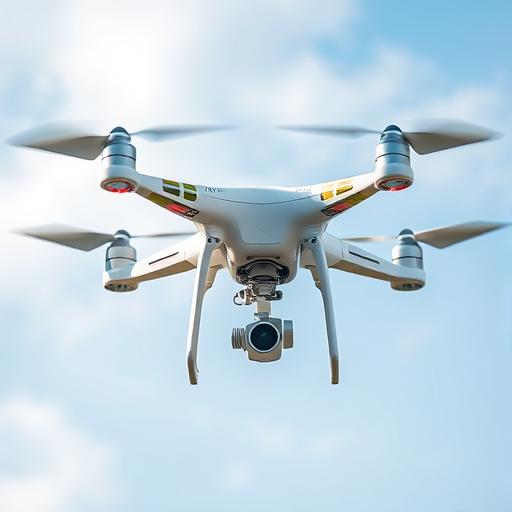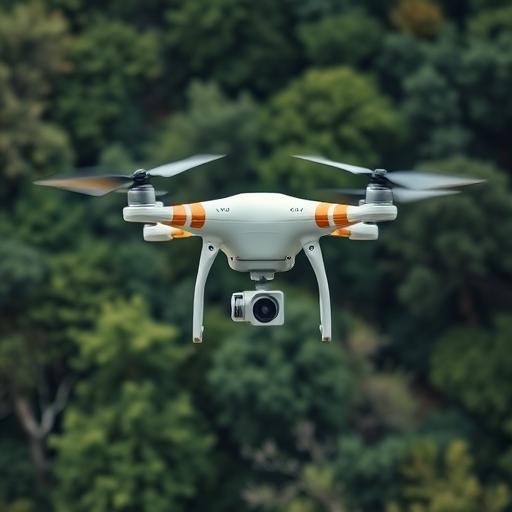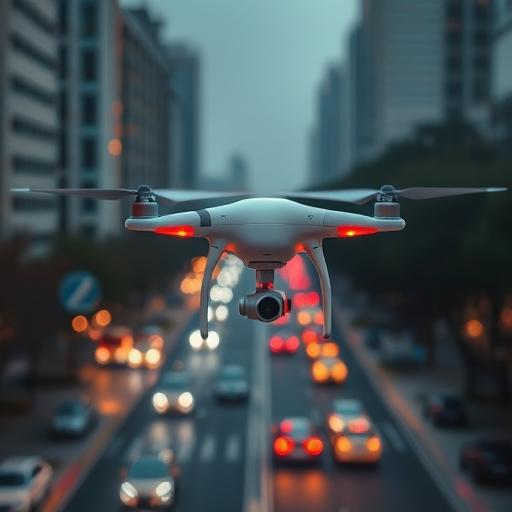Exploring the Vast Potential of Drone Technology
Drone technology has rapidly evolved over the past decade, transitioning from a niche hobby to a transformative tool across various industries. These unmanned aerial vehicles (UAVs) are no longer limited to military applications or recreational use; they are now reshaping how businesses operate and solving complex challenges. Understanding the diverse applications of drones is essential to grasp their potential and navigate the opportunities they present. From agriculture and healthcare to environmental conservation and urban planning, drones are proving to be versatile, efficient, and innovative. This article explores the current and emerging uses of drones, their future potential, and the challenges that come with their adoption.
Current and Emerging Applications of Drones
Aerial Photography and Videography
Drones have revolutionized aerial photography and videography, offering a cost-effective and flexible alternative to traditional methods. In filmmaking, drones capture stunning cinematic shots that were once only possible with expensive equipment. Real estate professionals use drones to showcase properties from unique angles, while event planners rely on them for dynamic event coverage. The advantages of drones include reduced costs, improved safety by eliminating the need for manned aircraft, and accessibility to hard-to-reach locations.
Surveillance and Monitoring
Drones have become invaluable tools for surveillance and monitoring. In security and law enforcement, they provide real-time aerial views, enhancing situational awareness during critical operations. Wildlife conservationists use drones to monitor animal populations, track migration patterns, and combat poaching. These UAVs offer a non-intrusive way to observe and protect ecosystems, making them essential for environmental preservation.

Agriculture and Land Management
In agriculture, drones are transforming traditional practices through precision farming techniques. They enable farmers to monitor crops, assess plant health, and predict yields with unprecedented accuracy. By collecting data on soil conditions, moisture levels, and pest activity, drones help optimize resource use and increase productivity. Additionally, drones are used for land surveying and mapping, providing detailed insights for urban planning and infrastructure development.

Infrastructure Inspection and Maintenance
Drones are increasingly used for inspecting critical infrastructure such as bridges, roads, and buildings. They can access areas that are hazardous or difficult for humans to reach, identifying potential issues before they escalate into major problems. This proactive approach not only enhances safety but also reduces downtime and maintenance costs, making drones a valuable asset for industries reliant on infrastructure integrity.
Healthcare and Medical Supply Delivery
One of the most promising applications of drones is in healthcare, particularly for delivering medical supplies to remote or disaster-stricken areas. Drones can transport blood, vaccines, and medications quickly, potentially saving lives in emergencies. However, challenges such as regulatory hurdles, safety concerns, and payload limitations must be addressed to fully realize this potential.
Environmental Conservation
Drones play a crucial role in environmental conservation by monitoring changes such as deforestation, pollution, and climate impacts. They are also invaluable in disaster response, providing aerial assessments and delivering supplies to affected areas. Their ability to gather data in real-time makes them indispensable for preserving natural resources and mitigating environmental damage.
The Future Potential of Drones
Urban Air Mobility
The concept of using drones for passenger transport, known as urban air mobility, is gaining traction. These aerial vehicles could alleviate traffic congestion and redefine urban planning by offering a faster, more efficient mode of transportation. While still in its early stages, this technology has the potential to transform how people navigate cities.

Commercial Delivery
Drones are poised to revolutionize the logistics industry by enabling commercial delivery of packages and goods. Companies are already testing drone delivery systems to reduce delivery times and operational costs. Integrating drones into existing logistics networks could enhance efficiency and provide new opportunities for businesses and consumers alike.
Advanced Surveillance and Inspection
Future advancements in drone technology, such as artificial intelligence (AI), night vision, and swarm capabilities, will significantly enhance their surveillance and inspection functions. Increased autonomy will allow drones to perform complex tasks with minimal human intervention, opening up new possibilities for industries ranging from construction to defense.
Challenges and Limitations
Regulatory Frameworks
The rapid adoption of drones has outpaced the development of comprehensive regulatory frameworks. Governments face challenges in creating and enforcing laws that balance innovation with safety and privacy concerns. Establishing clear guidelines is crucial to ensure responsible drone use.
Safety and Security Concerns
Drone operation comes with inherent risks, including accidents, privacy invasion, and misuse for malicious purposes. Implementing measures such as geofencing, remote identification, and stringent pilot training can help mitigate these risks and build public trust in drone technology.
Technological Limitations
Despite their potential, drones still face technological limitations such as limited battery life, payload capacity, and weather sensitivity. Ongoing research and development are essential to overcome these challenges and unlock the full potential of drone technology.
Conclusion
Drones have proven to be versatile tools with applications spanning multiple industries, from agriculture and healthcare to conservation and logistics. Their ability to perform tasks efficiently, safely, and cost-effectively makes them invaluable in addressing modern challenges. As technology continues to evolve, the potential for drones to transform industries and improve lives is immense. However, realizing this potential requires continued innovation, responsible use, and collaboration between stakeholders to address regulatory and technological hurdles. The future of drones is bright, and their impact on society will only grow in the years to come.
FAQs
What are some unexpected uses of drones?
- Drone racing has emerged as a competitive sport, attracting enthusiasts worldwide.
- Drone light shows are increasingly used in events and celebrations, replacing traditional fireworks.
- Search and rescue operations leverage drones to locate missing persons in challenging terrain.
How are drones being used in agriculture?
Drones are used in agriculture for precision farming techniques such as crop monitoring, health assessment, and yield prediction. They provide farmers with detailed data on soil conditions, moisture levels, and pest activity, enabling optimized resource use and increased productivity.
What are the main challenges facing widespread drone adoption?
The main challenges include regulatory hurdles, safety and security concerns, and technological limitations such as battery life and payload capacity. Addressing these issues is crucial for the broader adoption of drone technology.
Can drones be used for delivery in urban areas?
Yes, drones have the potential to revolutionize package delivery in urban areas by reducing delivery times and operational costs. However, challenges such as air traffic management, safety regulations, and public acceptance need to be addressed before widespread adoption.
How are drones used in environmental conservation?
Drones are used in environmental conservation to monitor wildlife, detect changes such as deforestation and pollution, and assist in disaster response efforts. Their ability to gather real-time data makes them essential for preserving ecosystems and mitigating environmental damage.
